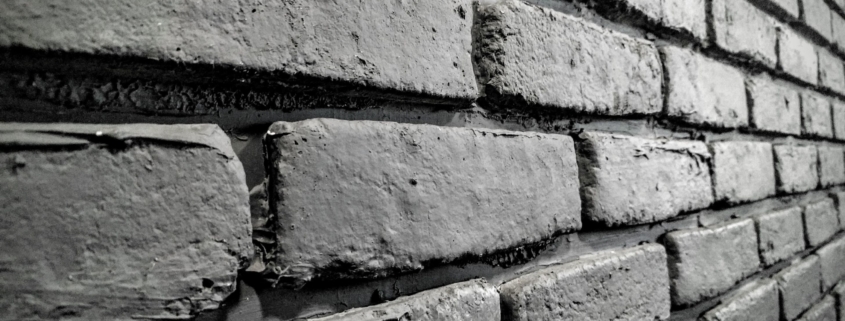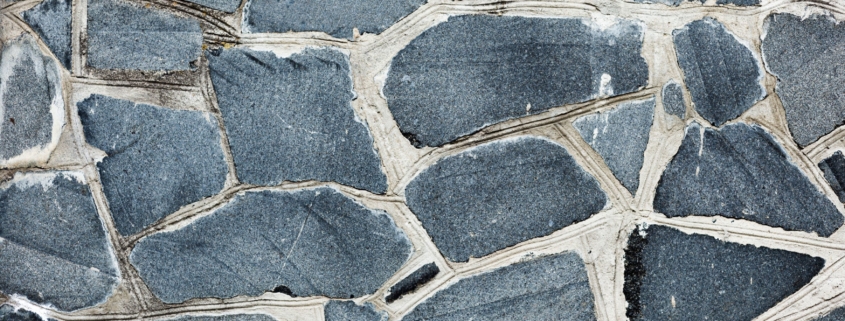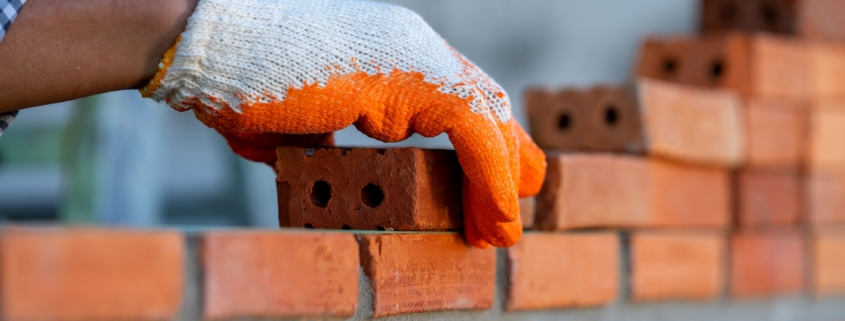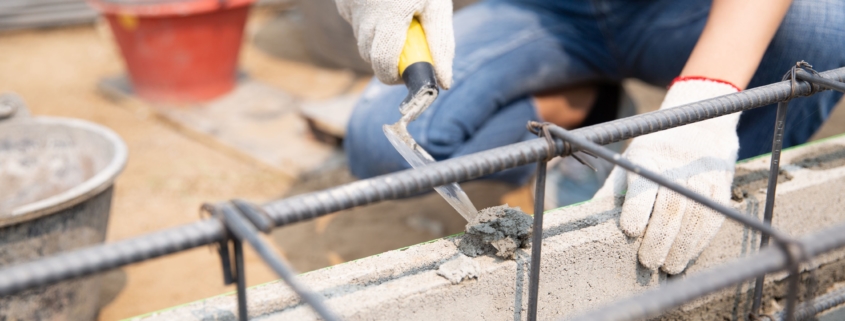As a homeowner, it can be stressful when you notice some bowed or bulging bricks on your walls. These are often observed after winter and often, these require repair by a professional mason.
The Common Culprit of Bulging or Bowed Brick
Generally, water is known to be the main culprit. The high humidity in the walls can lead to the formation of ice during the winter season. This is also why bulging or bowed brick is common after the cold months have passed. In some cases, it can be due to the water making its way through the rusting anchors or damaged mortar joints. As time goes by, the formed and accumulated ice, snow, and water creep in and weaken the structure’s walls.
How to Identify a Bulging or Bowed Brick
If you look closely, the wall seems to appear swelling when there is a bowed or bulging brick. You can also identify this when the windows appear not to be at the same level as the bricks. When these signs are observed, make sure to have the whole façade examined by a reliable mason. The masonry expert will help find the main cause and provide solutions to fix and prevent the problem.
Fluctuating temperatures can worsen problems with the bricks, so make sure to check for any changes in your walls as the seasons change. After identifying any bulged or bowed brick, make sure to have them repaired immediately.
How to Repair a Bulging or Bowed Brick
How a bulged or bowed brick is to be fixed depends on the extent of the damage. The location of the damage and the type of bricks to be used are also some factors that need to be considered. If the job requires repairs only, the cost can be lower. However, when the bricks need to be replaced or restored, a higher cost will be required.
Repairs can be simple, such as using grout to make the wall stronger. There are times when metal plates and special screws will be used to provide additional support. These temporary solutions are ideal only when the condition is not severe. When the problem requires more intensive intervention, bricks should be reinstalled, or the entire wall must be immediately replaced. Do not attempt to DIY as this should only be performed by professionals.
How to Prevent Bulging or Bowed Bricks
Preventing bulging and bowing bricks on your wall should be done as soon as possible. You can do this by closely monitoring and checking the walls for cracking mortar and crumbling joints. A simple yet effective measure to prevent these is to make sure that all crevices and cracks are repaired quickly to prevent water from seeping into them and cause further damage.
Conclusion
Your walls may look sturdy and damage-free. But upon closer look, you’ll notice that there can be some flaws or cracks that need immediate attention. When you discover that there are bulging or bowed bricks in the walls, the first thing to do is ask the assistance of a reliable masonry company to do the repair or replacement.
If you need masonry services in Toronto, Ontario, Red Robin Masonry is the one to call. We provide masonry services, including brickwork and repair. Contact us today for more details!




